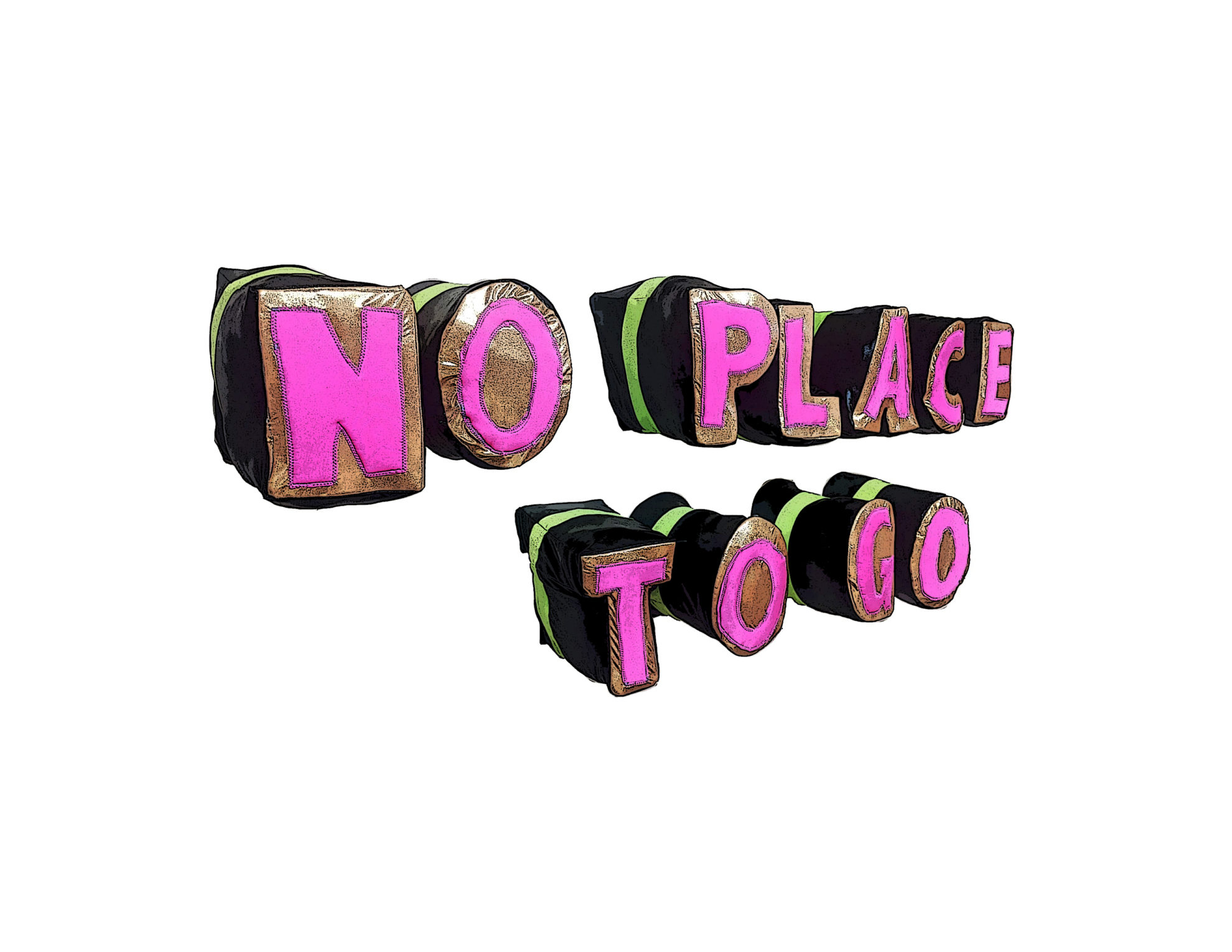Presented by RedLine in partnership with 40 West Arts and sponsored by Beston Homes Team, No Place to Go is an artist-made haunted house where unrealized fears manifest in an immersive world driven by choice-making and the horror of the binary. A collaborative project directed by Serena Chopra, Kate Speer and Frankie Toan, No Place to Go is a pandemic-safe, multi-site car tour in 40 West Arts District and Wheat Ridge. Each installation is a fantastical realm designed by some of the boldest, emerging, and mid-career artists in the seven county region: nolan tredway, Michaela Mujica-Steiner + Emily Marie Passos Duffy, Moe Gram, Nicole Anona Banowetz, Hayley Krichels, Hayley Dixon + Renee Marino, Chrissy Espinoza + Grace Cooper, Steven Frost, and BAGBAYSHA (Chris BAGley + Koko BAYer + Thomas ScHArfenberg).
The project premiered just before the 2020 presidential election. The work has been a timely commentary on the limitations and fears inherent in our political “choices.” In the shadow of the impending election, we are confronted with our fraught participation in the nation state and will necessitate radical, queer modes for re-imagining the relationship of our bodies to our haunted (national) home.
Through queering the haunted house experience, this project offered a critical look into the cultural fears of bodies in oppressive sociopolitical spaces. In a typical haunted house, viewers are faced with culturally dominant fears that take the form of recognizably scary objects and scare tactics, such as zombies, chainsaws and demons. Alternately, No Place to Go connected audiences to internal landscapes of fear, allowing them to experience the ultimate fear that there is no place to be, no place to go for certain bodies in oppressive sociopolitical spaces.
Partners & Funders
No Place to Go is presented by RedLine and 40 West Arts, and sponsored by Beston Homes Team, with additional support from the Scientific and Cultural Facilities District and the National Performance Network (NPN) Artist Engagement Fund. RedLine is a Partner of NPN. Major contributors include the Doris Duke Charitable Foundation, the Andrew W. Mellon Foundation, and the National Endowment for the Arts (a federal agency). For more information visit www.npnweb.org.
Beston Homes Team is a local real estate agency that sells houses, and not the haunted kind. Their mission is to not only find the home of your dreams, but also to find the home that will allow all of your dreams to come true! Led by Colorado native Brandon Beston, Beston has been able to use his knowledge of the Rocky Mountain state to help clients on their hunt for the ideal home. He was awarded the Keller Williams Colorado Region Cultural Ambassador Award for his commitment to serving his clients, fellow Brokers, and the community. He serves on the Colorado Region Social Equity Task Force working to create Diversity, Equity, and Inclusion in the real estate industry and in homeownership.
Beston Team Homes has been successful in listing and selling multiple homes each and every month. Their goal is to help homebuyers, regardless of whether it’s their first or fifth property. Passionate about working with first-time homebuyers, the team moves up and moves down sellers and buyers, investors and developers. The team is also able to assist with any of your commercial real estate needs. They are also experienced in helping clients during the purchasing and customizing of new builds.
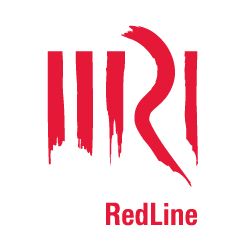


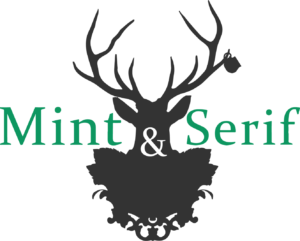
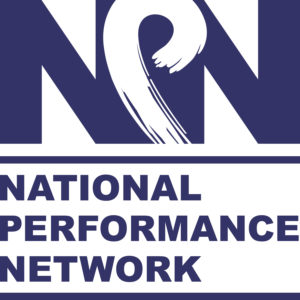
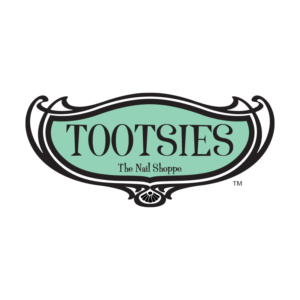


Acknowledgements
No Place to Go is situated on the Traditional Territories of the Arapaho, Cheyenne, Sioux and Ute Nations (Why acknowledge territory?).
No Place to Go was inspired by Killjoy’s Kastle: A Lesbian Feminist Haunted House, an immersive walk-through installation and performance artwork by Allyson Mitchell and Deirdre Logue. The exhibition has been staged in four cities so far – Toronto, London, Los Angeles, and Philadelphia – inviting visitors to interact with humorous and frightening manifestations of the spirits that haunt feminist and queer history. Whereas traditional hell houses set out to scare and convert, Killjoy’s Kastle cheekily aims to provoke and pervert. Co-Directors Frankie Toan and Kate Speer got to experience the Philadelphia version in 2019 at Icebox Project Space.
To learn more about the project, check out the book Inside Killjoy’s Kastle: Dykey Ghosts, Feminist Monsters, and Other Lesbian Hauntings, edited by Allyson Mitchell and Cait McKinney. The book explores the kastle’s theoretical and political legacies in chapters by queer and feminist scholars and in vignettes by artists who participated in the project. The many colorful photos in the book also bring Killjoy’s Kastle to life, offering an important visual context.
